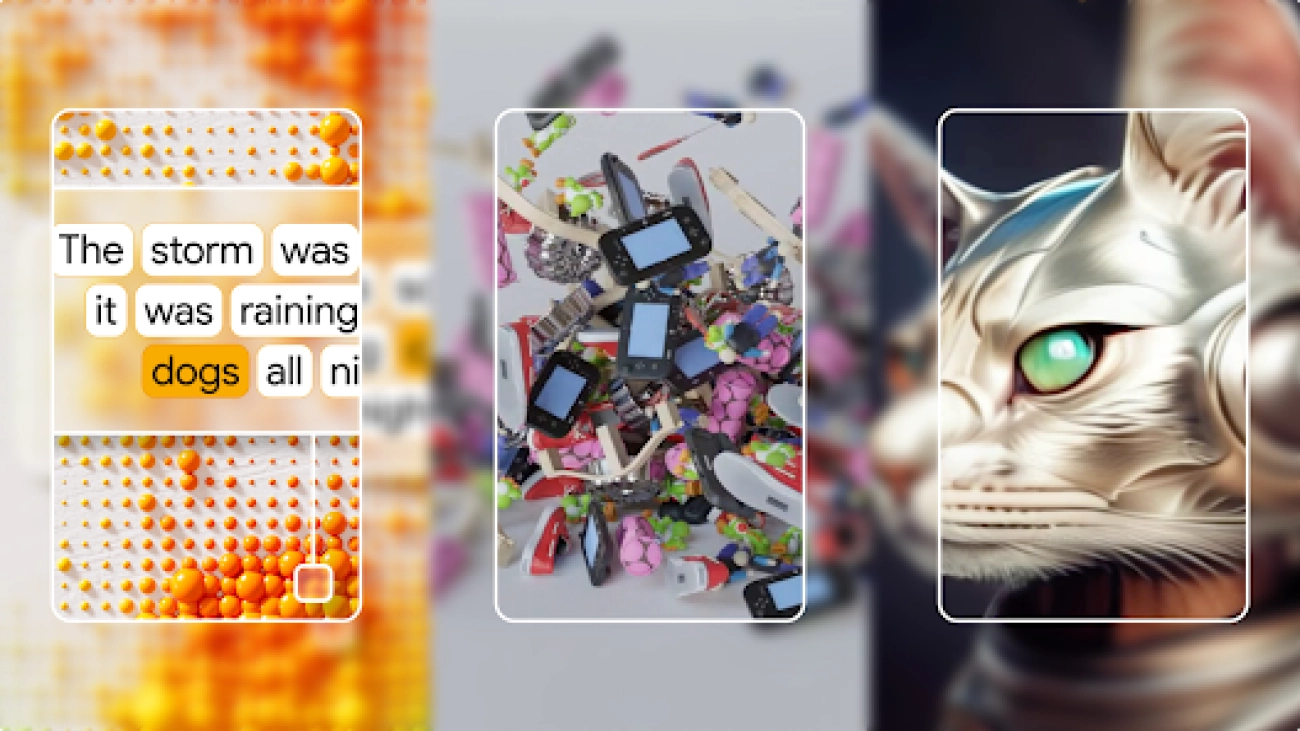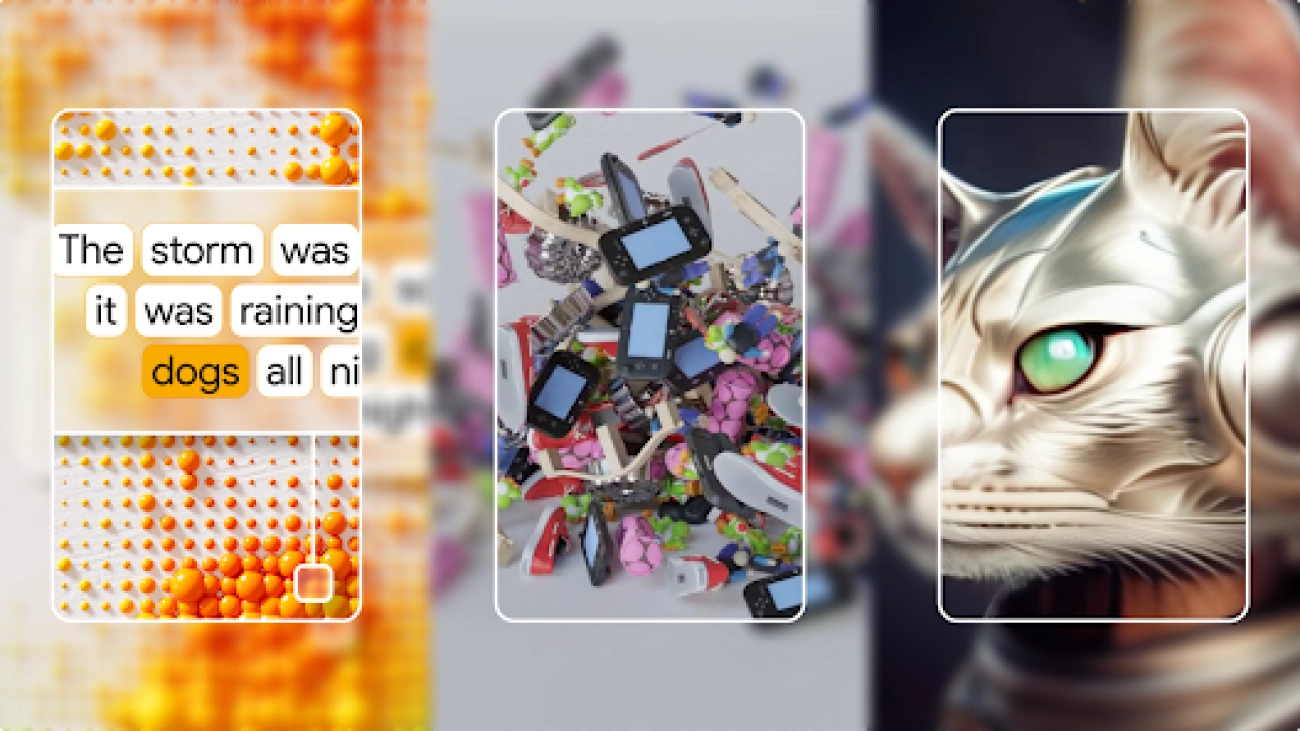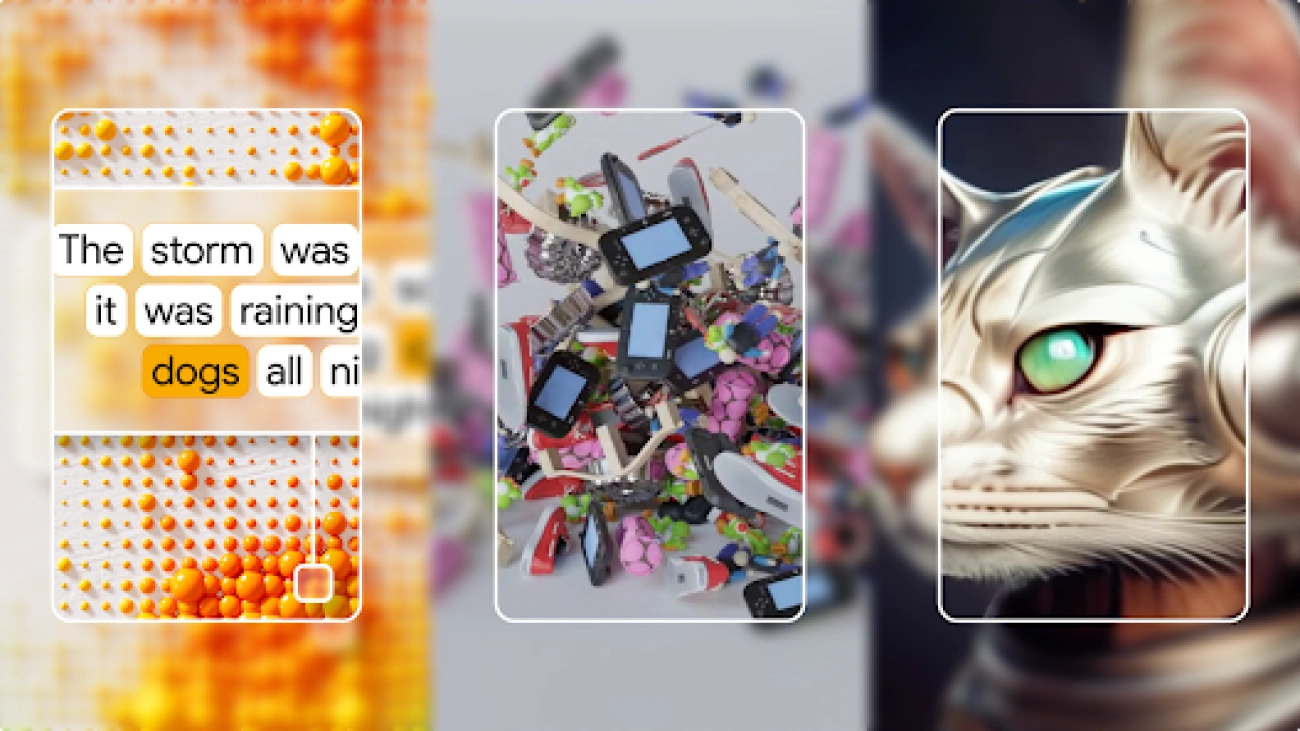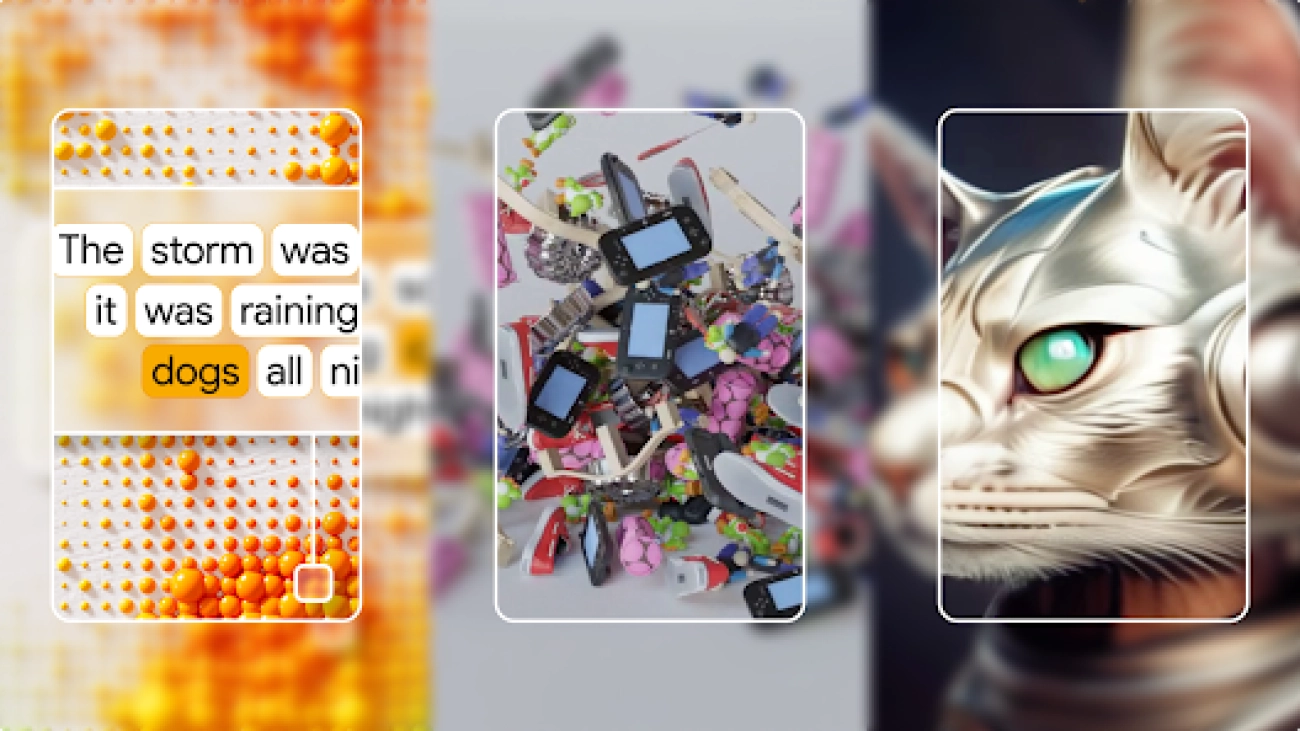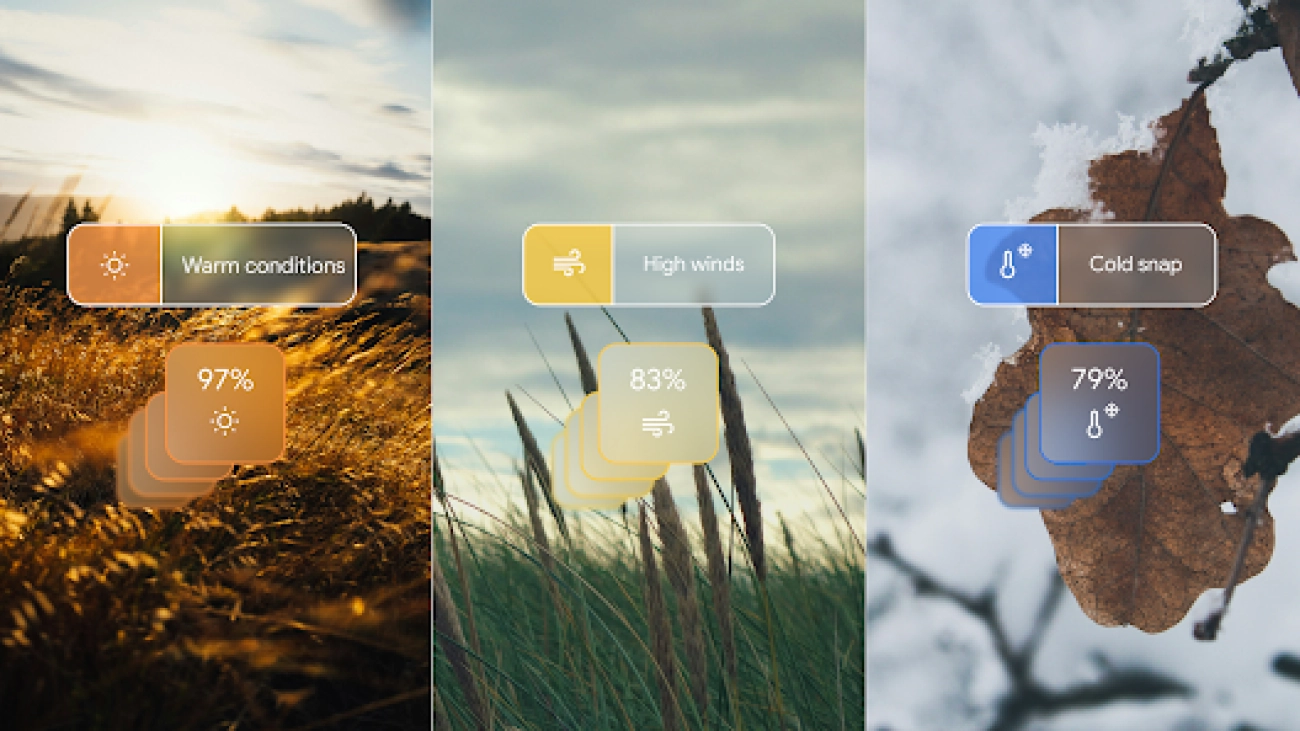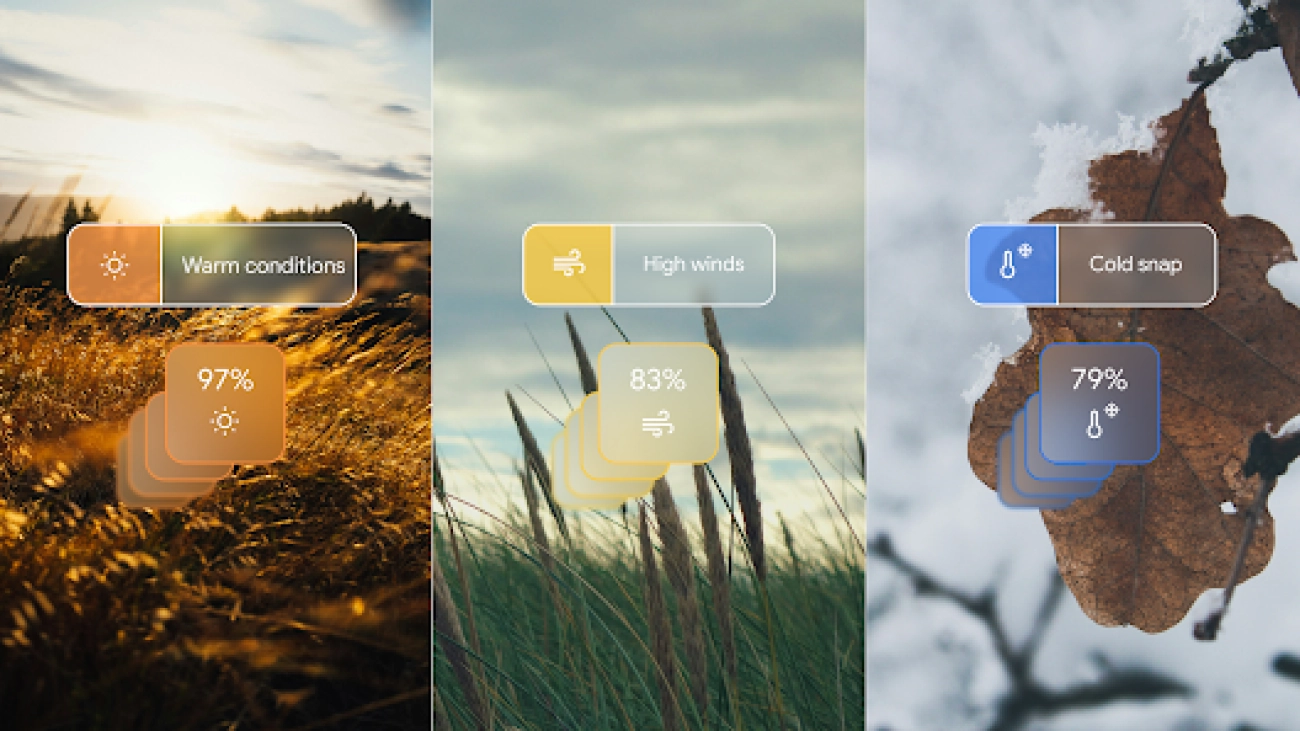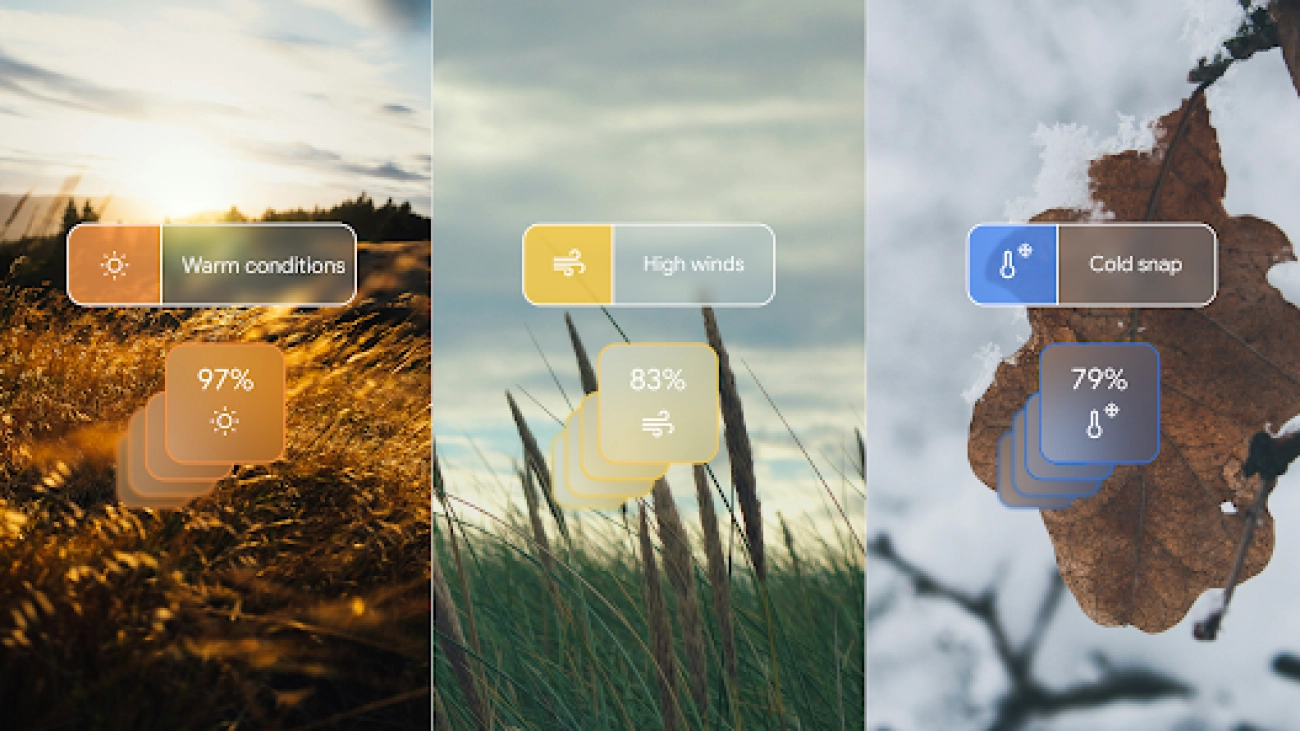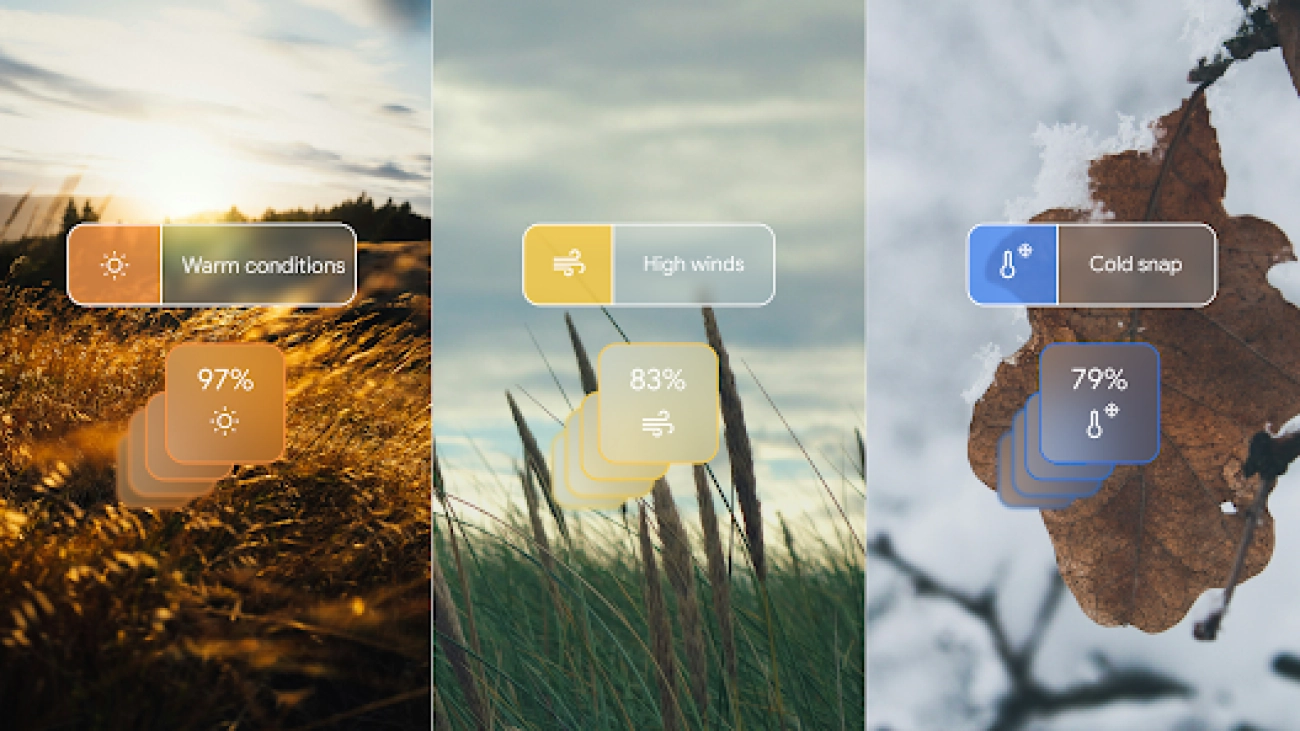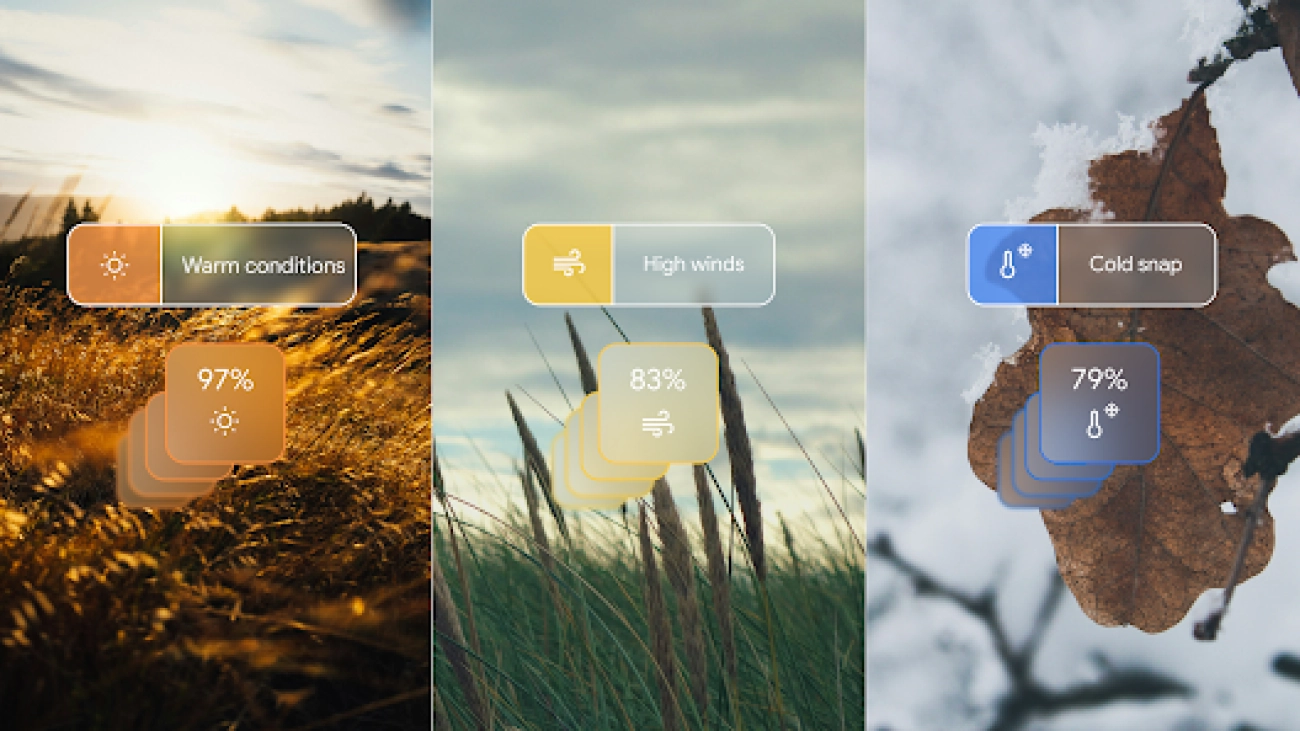Advancing adaptive AI agents, empowering 3D scene creation, and innovating LLM training for a smarter, safer futureRead More
Google DeepMind at NeurIPS 2024
Advancing adaptive AI agents, empowering 3D scene creation, and innovating LLM training for a smarter, safer futureRead More
Google DeepMind at NeurIPS 2024
Advancing adaptive AI agents, empowering 3D scene creation, and innovating LLM training for a smarter, safer futureRead More
Google DeepMind at NeurIPS 2024
Advancing adaptive AI agents, empowering 3D scene creation, and innovating LLM training for a smarter, safer futureRead More
GenCast predicts weather and the risks of extreme conditions with state-of-the-art accuracy
New AI model advances the prediction of weather uncertainties and risks, delivering faster, more accurate forecasts up to 15 days aheadRead More
GenCast predicts weather and the risks of extreme conditions with state-of-the-art accuracy
New AI model advances the prediction of weather uncertainties and risks, delivering faster, more accurate forecasts up to 15 days aheadRead More
GenCast predicts weather and the risks of extreme conditions with state-of-the-art accuracy
New AI model advances the prediction of weather uncertainties and risks, delivering faster, more accurate forecasts up to 15 days aheadRead More
GenCast predicts weather and the risks of extreme conditions with state-of-the-art accuracy
New AI model advances the prediction of weather uncertainties and risks, delivering faster, more accurate forecasts up to 15 days aheadRead More
GenCast predicts weather and the risks of extreme conditions with state-of-the-art accuracy
New AI model advances the prediction of weather uncertainties and risks, delivering faster, more accurate forecasts up to 15 days aheadRead More
GenCast predicts weather and the risks of extreme conditions with state-of-the-art accuracy
New AI model advances the prediction of weather uncertainties and risks, delivering faster, more accurate forecasts up to 15 days aheadRead More

